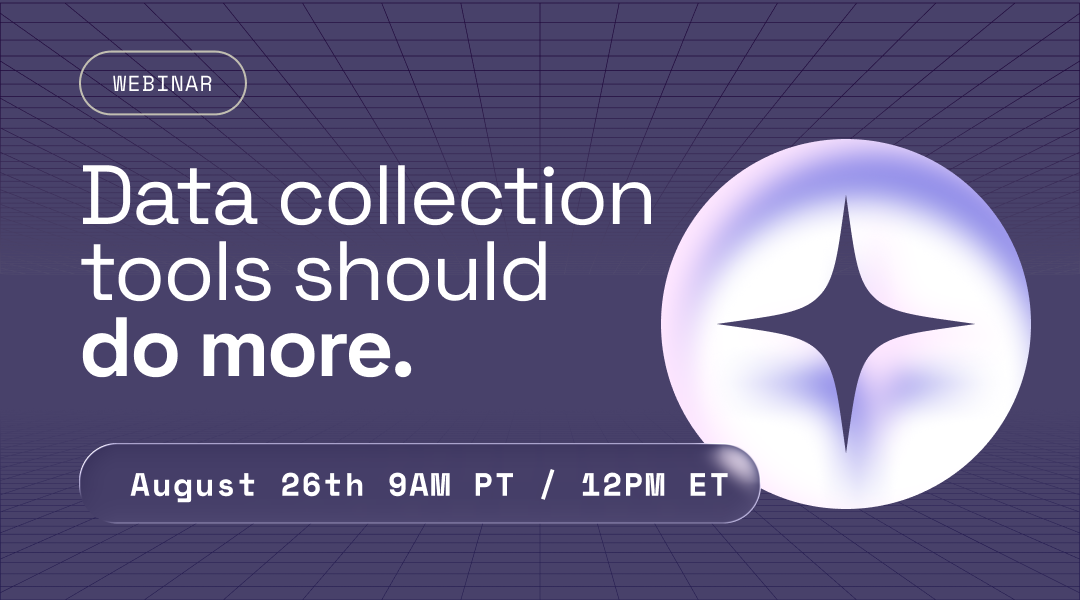Social Impact Measurement Methods
Emphasizing the social impact of initiatives and investments is paramount to propelling beneficial alterations in our societies. Organizations across the globe, whether involved in international development or impact investing, are ceaselessly on the quest to gauge the efficacy of their initiatives and convey the worth of their endeavors to stakeholders. In this discourse, we explore many methods for quantifying social impact, elucidating their strengths and weaknesses. Armed with these diverse techniques, your organization can make enlightened decisions about the method most suitable for its objectives and aspirations.
We are about to explore varied means to quantify the social impact of your initiatives or investments. Our journey through the different strata of social impact measurement will help you discern more potent methods. The ultimate objective is to equip you with various strategies to select the one that best aligns with your organization's ethos, conditions, and aspirations.

Level 1: Absence of Data
In the journey towards effective impact measurement, organizations go through five stages. The first stage involves defining a Theory of Change, which helps organizations understand the impact map and align their team around diverse inputs, outputs, outcomes, and activities. However, without data, it's like building a bridge to nowhere. It's essential to attempt to gather the appropriate data or at least outline the anticipated outcomes and projected impact when articulating impact to funders. Otherwise, organizations may struggle to communicate their impact effectively to stakeholders.
Level 2: Activity Data
The activity-centric approach, the second tier in social impact measurement, is prevalent in international development and impact investing. Typically, funders define target activities, output, and rarely program outcomes. While this approach helps gauge an organization's activity-based inputs and outputs, it neglects the broader transformation that the organization is attempting to facilitate. It provides a narrow view of the organization's impact, which may not be sufficient to communicate its true worth to stakeholders. Organizations need to focus on impact measurement techniques that provide a more comprehensive view of their impact, including the broader changes that they are making in society.
Level 3: Furnishing Impact Proof
The third tier is the Randomized Controlled Trial (RCT), primarily employed by sizable programs. Originating from the pharmaceutical and medical sectors, RCTs entail orchestrating RCT experiments to minimize bias when testing treatment efficacy. This is achieved by randomly assigning subjects to two or more groups, subjecting them to different treatments, and subsequently comparing their responses. Despite their widespread adoption in large-scale program execution, RCTs come with many limitations. These include disregarding local stakeholders' voices, data ownership quandaries, and substantial cost and time commitments.
Level 4: Stakeholder Data Immersion
The stakeholder-engagement approach, the fourth tier in social impact measurement, is a valuable strategy that involves actively engaging stakeholders in the data collection and decision-making processes. By involving stakeholders, organizations can gain a more comprehensive understanding of their impact, which can help them make more informed decisions and foster deeper relationships with their stakeholders. This approach can also help organizations build trust and forge partnerships with stakeholders, which can be critical to their success. Additionally, this strategy is future-oriented, meaning that it can help organizations to plan for the long term and create a sustainable impact. As such, the stakeholder-engagement approach is a powerful tool for organizations looking to create meaningful change and build strong partnerships with their stakeholders.

Level 5: Constant Learning and Enhancement
The systems change approach, the fifth and final tier in social impact measurement, is the most comprehensive and exhaustive method of gauging impact. This approach requires organizations to delve deep into the underlying causes of social issues and engage in prolonged discussions with stakeholders to find sustainable solutions. Organizations can potentially create the most transformative and lasting impact by focusing on systemic change. However, this approach demands considerable time, resources, and effort, making it a challenging but rewarding strategy for organizations committed to effecting profound change. It requires a willingness to adapt and evolve based on new information and insights and a deep understanding of the social issue at hand. Ultimately, selecting the appropriate technique for quantifying social impact requires careful consideration of your organization's size and scope, the resources at your disposal, and your stakeholders' needs and priorities. By choosing the right level, you are better positioned to effectively measure and convey your work's implications and make a meaningful difference in your community and the world.

Conclusion
Effective social impact measurement is not a one-time process but a continuous journey that demands constant learning and adaptation. Organizations must remain flexible and open to new insights and ideas. Organizations can identify the most effective approach to measuring and communicating their social impact by assessing their resources and stakeholder needs. However, this is the first step towards creating lasting, transformative impact in their communities and beyond.
As organizations continue to evolve and grow, they must also evolve their approach to measuring their impact. This means remaining curious, asking tough questions, and seeking new perspectives. By embracing a continuous learning and improvement culture, organizations can create positive change in the world more effectively. Whether through new data collection methods, stakeholder engagement strategies, or other innovative approaches, there is always room for improvement.
Ultimately, the key to effective social impact measurement is to remain focused on the end goal: creating lasting, transformative change in the world. By continuously learning and adapting, organizations can achieve this goal and make a meaningful difference in their communities and beyond. So, whether you're a non-profit, impact investor, or any other organization working to create positive change, remember to stay curious, remain flexible, and never stop learning.
Learn More: Impact Measurement







